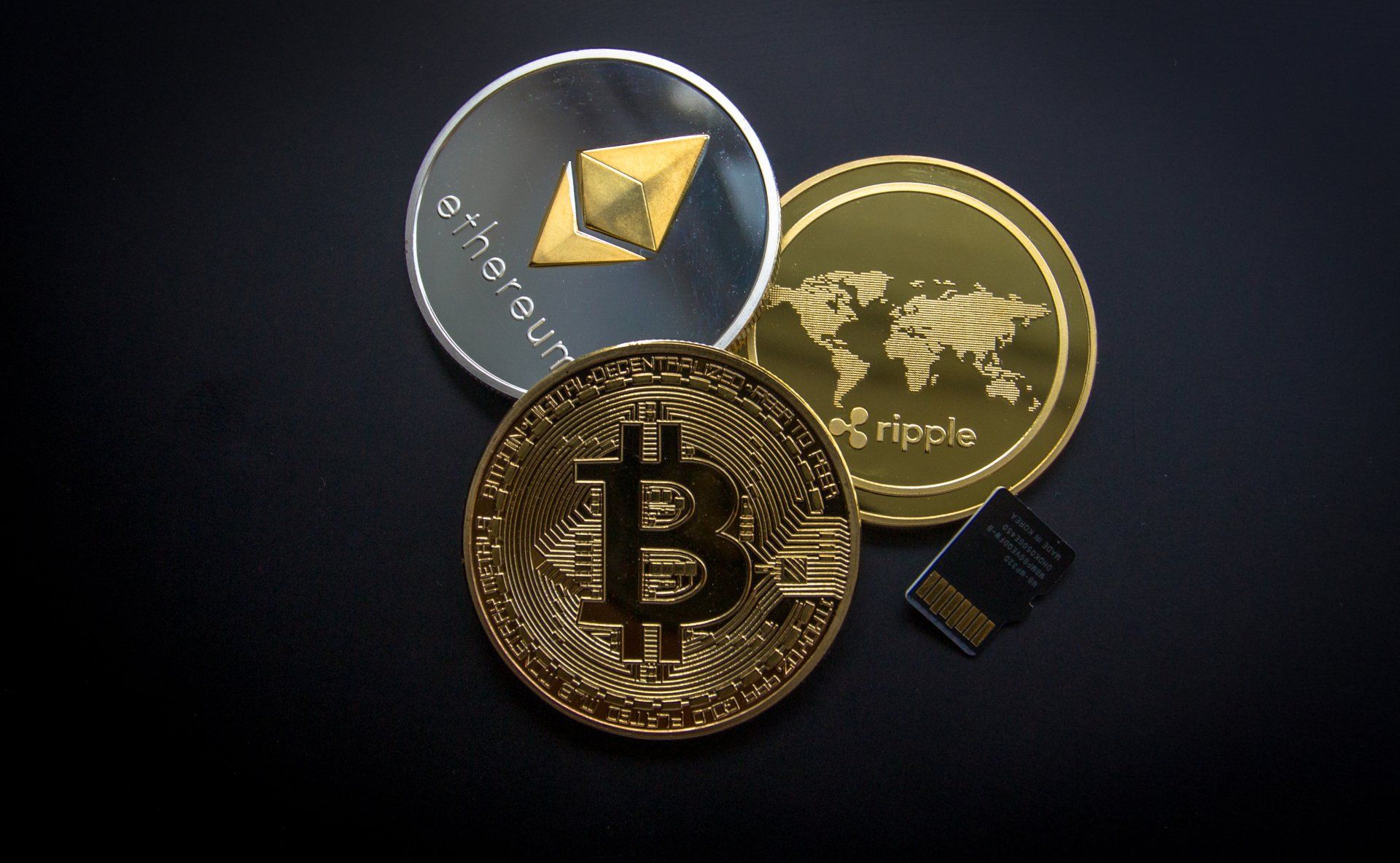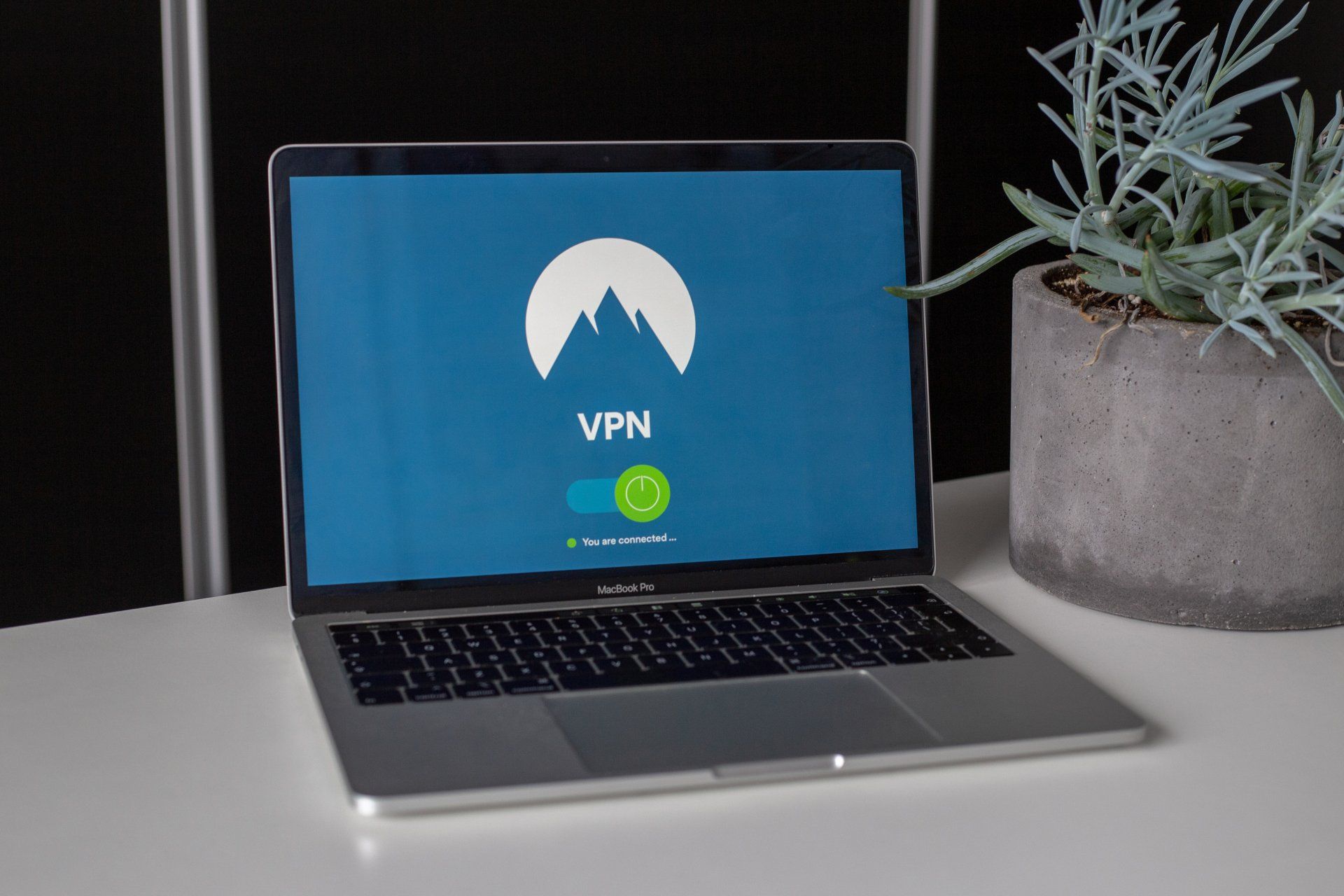What is peer to peer payment
Peer-to-peer (P2P) payment is a type of financial transaction where individuals transfer money directly to each other, without the need for intermediaries such as banks or payment processors. P2P payments have become increasingly popular in recent years, as more people are looking for faster, more convenient ways to send and receive money.
P2P payments can be made through a variety of channels, including mobile apps, social media platforms, and messaging services. These channels allow users to transfer money easily and securely, often with just a few clicks or taps.
One of the biggest advantages of P2P payments is their convenience. With P2P payments, users can send money to anyone, anywhere, at any time, without the need for cash or checks. This makes P2P payments ideal for a wide range of situations, from splitting a restaurant bill with friends to paying rent or sending money to family members.
Another advantage of P2P payments is their speed. Unlike traditional bank transfers, which can take several days to process, P2P payments are typically processed instantly, allowing users to access their funds immediately.
P2P payments are also more secure than traditional payment methods. With P2P payments, users can avoid sharing sensitive information such as bank account or credit card numbers, reducing the risk of fraud or identity theft. Many P2P payment services also offer built-in security features such as two-factor authentication and encryption to protect users' information and transactions.
There are several different types of P2P payment services available, each with their own unique features and benefits. Some of the most popular P2P payment services include:
- PayPal: PayPal is one of the most well-known P2P payment services, with over 300 million active users worldwide. PayPal allows users to send and receive money using a mobile app or website, and also offers additional features such as online shopping and peer-to-peer lending.
- Venmo: Venmo is a mobile payment app that allows users to send and receive money using a mobile app. Venmo also offers social features such as the ability to like and comment on payments, making it a popular choice among younger users.
- Cash App: Cash App is a mobile payment app that allows users to send and receive money using a mobile app. Cash App also offers additional features such as the ability to buy and sell Bitcoin, making it a popular choice among cryptocurrency enthusiasts.
- Zelle: Zelle is a P2P payment service that is integrated with many banks and credit unions. Zelle allows users to send and receive money directly from their bank account, making it a convenient option for those who already have a bank account.
- Facebook Pay: Facebook Pay is a P2P payment service that is integrated with Facebook and Messenger. Facebook Pay allows users to send and receive money using a mobile app or website, and also offers additional features such as in-app purchases and donations to non-profit organizations.
P2P payments are also being used by businesses to accept payments from customers. For example, some small businesses use P2P payment services to accept payments for goods and services, while others use P2P payment services to pay freelancers or other contractors.
Overall, P2P payments are a convenient, fast, and secure way to send and receive money. As more people become comfortable with using mobile apps and other digital payment methods, P2P payments are likely to become even more popular in the years to come. However, it is important for users to choose reputable P2P payment services and to take steps to protect their personal and financial information when using these services.




